Furniture marketing is crucial for an online store whose mission is to make homes more comfortable. Business survival statistics relentlessly show that only one in three firms stays afloat within the decade following the foundation. About 20% of small businesses fade away during the first year. Only 50% of companies celebrate their fifth anniversary. There are dozens of reasons why a store can go bankrupt, but poor marketing is among the the top ten.
A marketing plan for a furniture business should be as elaborate as a sea chart. There must be realistic numerical goals based on market research, and the entrepreneur needs to track their achievement. Moreover, it’s essential to clearly know the audience including their hobbies and life values to predict their behavior and base the marketing strategy upon this knowledge.
To make sound decisions, online retailers need also to be aware which part of the purchase funnel they are dealing with while considering a furniture marketing strategy:
- The top of the funnel consists of so-called “home enthusiasts”: interested in home furnishings and decor, they don’t necessarily consider a purchase right now. Getting in touch with them and raising brand awareness are key targets here.
- The “active shoppers” make up the middle. As they are looking for the best option, it is necessary to provide them with the information they need.
- The bottom-of-funnel, or “buyers”, are only deciding from which store to buy.
Now that we have reviewed the cornerstones of the furniture store marketing, it’s time to set mind to practice. For online furniture retailers to grow and prosper, we are sharing five ways to attract customers to their websites.
#1. Get an Amazing Website for Hard-Hitting Furniture Marketing
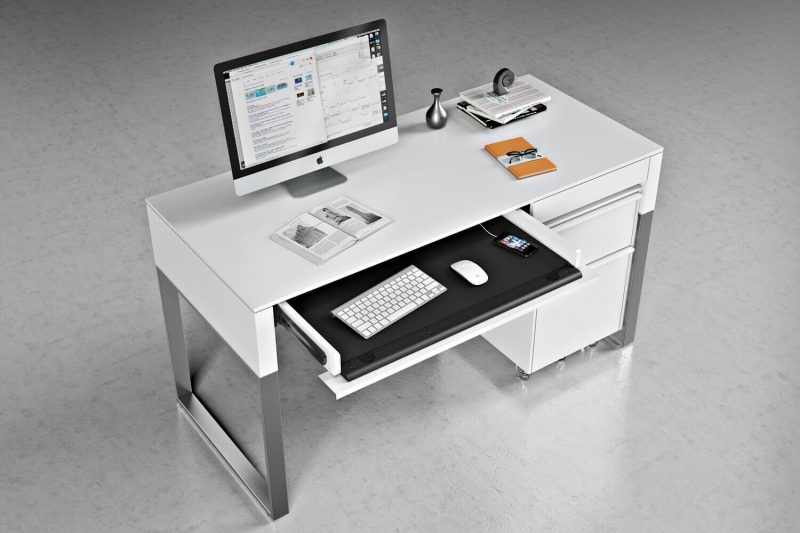
Whichever furniture marketing strategies a retailer uses, it’s the website where customers buy furniture. That’s the product page where a customer puts the item to the shopping cart, so it should be available in three clicks or less from any other page.
Among other ways to bring customers to the site, search engine optimization is the most popular. Search engines bring web surfers who belong to all three levels of the funnel. These three groups gravitate to different contents. Home enthusiasts seek edutainment: they are just looking for ways to make their nests snugger and gather all kinds of tips and inspiration materials. So, the goal is to demonstrate how various products of the brand will benefit to them. The mid-of-funnel visitors seek to find practical advice to go further down. At the bottom of the funnel, it is necessary to lead buyers to the final decision.
Web Analytics
Web Analytics allows to keep track of user behavior in order to maintain and improve site quality. Generally, two groups of site contents need regular revision for effective furniture marketing.
Firstly, the strongest points need constant improvement for even better results. So using Google Analytics helps determine which pages are the most popular, and a heat map will demonstrate the parts of the pages that draw more attention. This way, a Marketer can improve on such sections, pages, and content elements in order to generate more interest.
Secondly, there are pages the visitors tend to leave the website from. If something is making customers lose interest, it is better to identify the issue and fix it.
Compelling Imagery
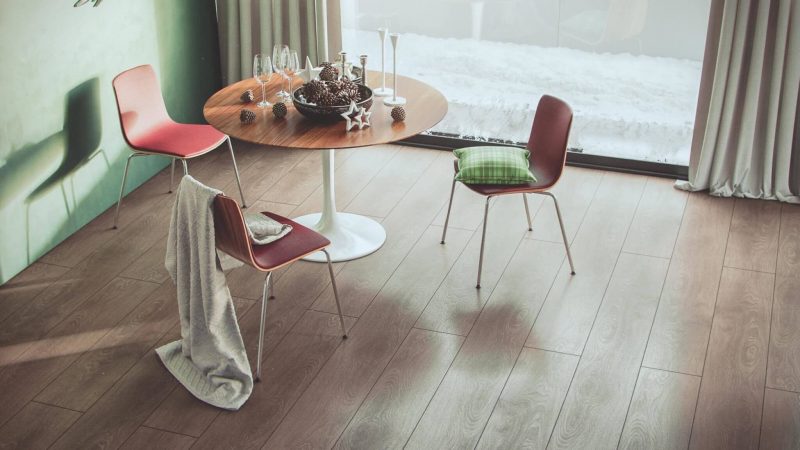
In furniture internet marketing, pictures are the flagship content, and heat maps make it especially obvious. A 3D rendering company can help you get large numbers of high-quality product images without cumbersome photo shots.
Compared to photography, 3D rendering services for interior design are more time-saving and cost-effective. When there’s a number of similar furniture units or sets, these benefits increase exponentially – the situation being typical for furniture stores. The reason is that photo session needs a studio and a photographer. Manufacturing and transporting furniture units for just a few shots aggravates the problem even further. As for 3D renderings, recomposing a furniture set, slightly reshaping a unit, changing colors and patterns are all minor changes.
Adaptive Design
For a maximum reach of audience, an adaptive website layout is a must. The number of online shoppers who make purchases using mobile devices is increasing. If an online store works equally good on big and small screens, more customers will engage with the site, which results in higher sales.
#2. Go Social to Increase Customer Engagement

Quality user-friendly content is the secret to getting attention of the customers and engaging them in the interaction with the brand. For that purpose, one needs videos, infographics and images showing off the product’s benefits and providing entertainment. While being persuasive on their own, they also make text posts more effective as they function as eye-catchers there.
To spark massive interest, furniture marketers and manufacturers can tap into the power of situational marketing. This way, the company leverages the existing interests by drawing on holidays, global and local trends as well as news. Social networks are the best place and the most flexible tool for situational posting. A post in the right place and at the right time takes a chance to go viral and bring thousands of customers. As in film industry, the cast is fundamental: a specialist with lots of furniture marketing ideas who feels the audience works miracles.
Both promotional and engagement posts need impeccable imagery. Pictures catch attention, showcase the products, and form the overall impression of an online store. Is it too expensive and lengthy to do a photo session and buy new decor on each occasion? There’s no need to do so: photoreal product rendering for furniture is the shortest way to fresh pictures with any stylish and trendy decor.
Showcase your architectural project like a true work of art, brought to life with cutting-edge AI-powered CGI technology.
#3. Trawl Furniture Shoppers with Paid Ads
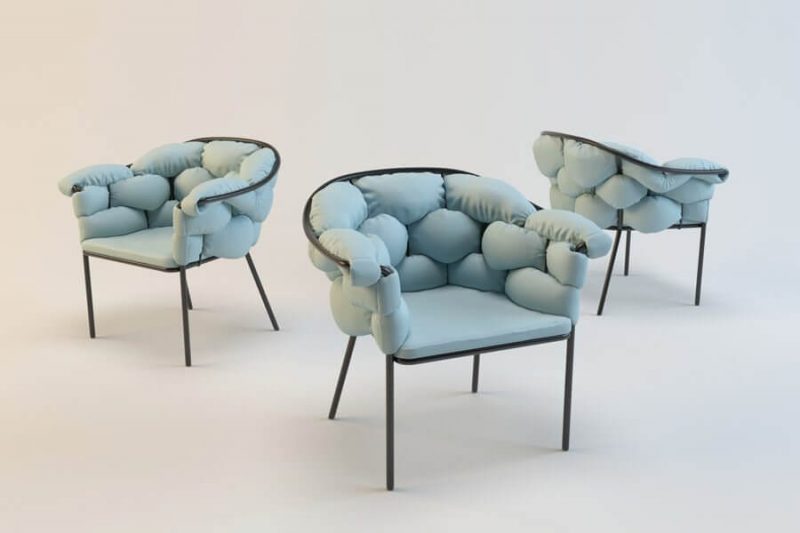
Paid search results provided by services like Google AdWords capture those who are actively looking for particular furniture. Web searchers are highly interested in the product, so they generate high revenue to the online store.
Display ads leverage the benefit of targeting. Users are segmented by location, age, gender, and interests, and the websites are classified by topic. Selecting precisely where the ads are displayed and whom draws the interested customers while avoiding unnecessary expenses.
Traditional marketing channels such as TV commercials, outdoor and print adverts reach a wide audience. For this reason, despite higher costs and viewers’ lower interest, traditional means of promotion are still effective. Especially when brand awareness is the goal.
Used in adverts, 3D visualizations showcase the products at their best. Computer-generated imagery allows for highest levels of preciseness and detail. 3D artists are able to give a photoreal render any atmosphere, which contributes to a great impression. Owing to 3D rendering, any desired result can be achieved without expensive and time-consuming photo sessions. This way, a furniture retailer can run an advertising campaign earlier while spending less and getting better results.
#4. Amplify Furniture Marketing through Lead Magnets
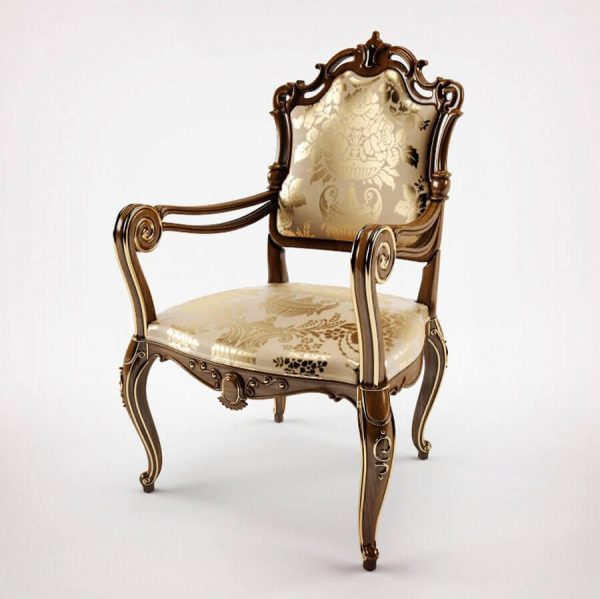
The most time-tested and investment-returning lead magnet are coupons. It was in the end of the 19th century when Claude Hopkins proved their effectiveness. Since then, coupons have gone online where they go on generating revenue to retailers. They work because a bonus such as a discount, free delivery, or a present adds value to an offer.
Another time-tested way to attract customers is to announce a limited number of exclusive items. Customers are eager to buy something unique that won’t be available anymore. This makes such offers a powerful sales-booster.
The most powerful and thus the most trendy lead magnet are videos. A furniture retailer can upload them to a channel on YouTube, whose popularity is breaking records. Also, Facebook audience prefers videos to texts. 3D animations are the shortest and most natural way to get furniture promo videos. The viewers will see all the advantages of products and how the furniture will benefit them.
A downloadable PDF catalog is another powerful lead magnet. It encourages viewers to visit the product page where they can learn more about the item they like. Stunning imagery is the key as in catalogs, since they serve as the main source of information.
High-quality images of any complexity are always available on demand via 3D visualization services. These can be single or group renders on white or any other background. Lifestyle rendering demonstrates furniture in a natural context. There’s always an option that will showcase all the splendor and functionality of the products.
#5. Run Email Campaign to Partner with Prospects
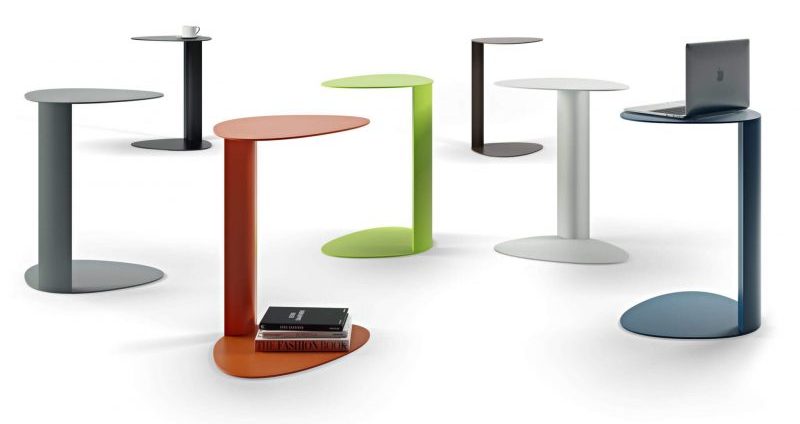
Email campaigns in furniture marketing are above rubies. Newsletters build trust by developing a long-time relationship with prospects and customers. Introducing new products, offering discounts, and giving readers useful advice on how to make their homes even better have beneficial short-time outcomes, but there’s an even more important thing.
Namely, clients are more loyal to those whose activity they have been observing long enough and who has been giving useful information to them. There are a lot of alternatives out there, but luckily, there’s no need to replace a reliable partner with an unknown vendor.
Email marketing gives full control of the campaigns. By contrast to traditional letters, it’s easy to track how readers interact with an email and test various techniques to see which work best. Also, the audience is easy to segment so that different clients will get different emails meeting their needs.
Illustrated emails perfectly convey the value of products and draw more visits to the website. Like in other furniture marketing channels, 3D visualizations do this job perfectly while saving time and reducing costs.
A marketing campaign is successful if it relies on several channel working together. It’s always preferable to make experiments. The priority is to evaluate results and compare different approaches and tricks.
Take your design presentation to a new level with interior rendering
Whatever techniques your marketing plan for furniture relies on, furniture marketing is only possible if quality images represent the products. Professional CGI services will help you effectively showcase a product and get plenty of photoreal marketing materials. Contact us and make your furniture marketing even more effective.

Irma Prus
Content Writer, Copywriter
Irma writes articles and marketing copy for ArchiCGI. Her dream is that more people discover the power of CGI for architecture. Irma is into neuromarketing, ruby chocolate and Doctor Who series.


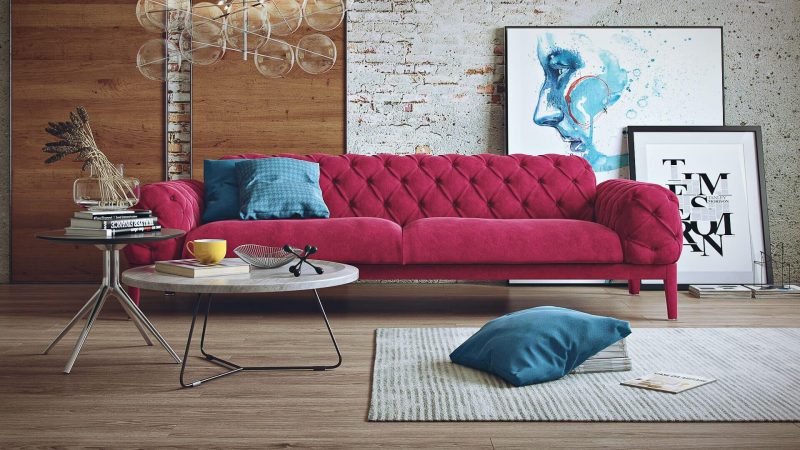

Comments
Machelle